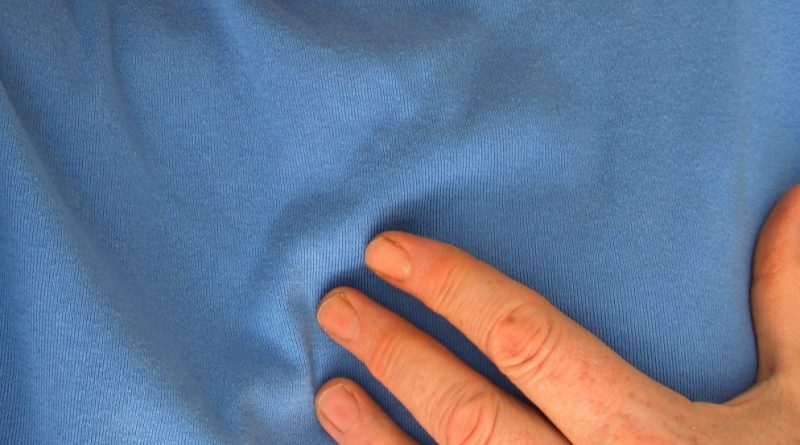Heart Attack First aid
What to do in Heart Attack at home;
Call 911 or crisis clinical assistance on the off chance that you figure you may be having a coronary failure. Side effects of respiratory failure might include:
Chest torment that might feel like tension, snugness, agony, crushing, or throbbing.
Agony or distress that spreads to the shoulder, arm, back, neck, jaw, teeth, or in some cases the upper paunch.
Cold sweats.
Exhaustion.
Acid reflux or heartburn.
Dazedness or unexpected wooziness.
Sickness.
Windedness.
A coronary failure typically causes chest torment for over 15 minutes. The chest agony might be gentle or serious. Certain individuals have no chest torment or strain. Ladies will generally have more dubious side effects, such as sickness or a brief or sharp aggravation in the neck, arm, or back.
Some coronary failures strike abruptly. However, many individuals have cautioning signs hours or days ahead of time.
What to do on the off chance that you or another person might be having a coronary episode
Call 911 or your nearby crisis number. Try not to disregard the side effects of respiratory failure. If you can’t get an emergency vehicle or crisis vehicle to come to you, have somebody drive you to the closest clinic. Drive yourself provided that you have no other choice.
Take headache medicine, whenever suggested. Headache medicine forestalls blood coagulation. Taking headache medicine during a respiratory failure might diminish heart harm. Try not to take an ibuprofen except if a medical care professional says to do as such. Try not to postpone calling 911 to take an ibuprofen. Call for crisis help first.
If recommended Take dynamite,
Take dynamite, whenever recommended. On the off chance that you believe you have a respiratory failure and have a solution for this medication, accept it as coordinated while hanging tight for crisis clinical assistance. Begin CPR on the off chance that the individual doesn’t have a heartbeat or isn’t relaxing. Assuming you’re undeveloped in CPR, do hands-on CPR. That implies pushing immovable on the individual’s chest.
Do this around 100 to 120 times each moment. Assuming that you’re prepared for CPR and positive about your capacity, begin with 30 chest compressions before giving two salvage breaths.
Utilize a robotized outer defibrillator (AED) on the off chance that one is quickly accessible and the individual is oblivious. The gadget conveys shocks to reset the heart’s mood. AEDs accompany bit-by-bit voice directions for their utilization. They’re modified to permit a shock just when proper.




